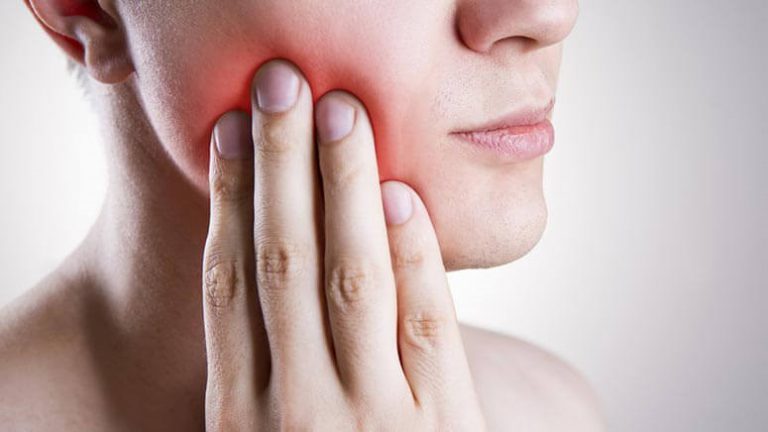Bruxism or temporomandibular joint disorder is the clenching of the teeth, especially at night, and is an unconscious process.

The coronavirus pandemic, financial problems, but also the internment of the Greeks led to an increase in stress and mental disorders; as a result, rates of bruxism in Greece have increased.
What are the side effects?
- Tooth abrasions
- Fractures or loss of teeth or fillings
- Tooth mobility.
- Headaches and earaches
- Pain in one or both the temporomandibular joints
- Facial pain
- Strange noises in your jaw joints, such as clicking or popping when you open your mouth
Is there a cure?
Using a bruxism splint is the primary step in treating the disorder. The dentist will draw up the appropriate treatment plan, depending on the severity of the condition, age, and each patient’s personal history.
The bruxism splint is fitted individually to each patient; it covers the chewing surfaces of all teeth in the upper or lower jaw and its use during sleep is mandatory. If necessary, it can be used during the rest of the day.
How does it work?
The splint prevents the teeth from closing in their usual position, thus balancing the pressures they receive. In this way, the relaxation of the muscles is achieved, while, at the same time, the teeth and dental prostheses are protected from abrasions and fractures.
The duration of the treatment and the replacement of the splint is required only if something in the position of the teeth is damaged or changed.
The Dentist can often combine the use of the splint with special exercises for the facial muscles which they apply to their patients in periodic sessions.
